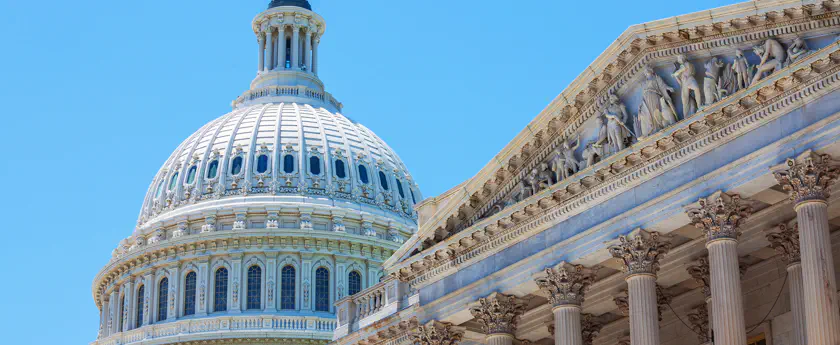Political Research
A state legislator was trying to decide whether or not to run for Congress, and wanted to “test the waters” before investing huge amounts of time and money into a campaign. He contacted NBRI to conduct a political research study.
The study showed that 47% of men and 28% of women in the state knew him. Of eligible voters, 57% of men and 78% of women said they would vote for him. He could anticipate 27% of the male vote, and 22% of the female vote from those that knew him, if the election were held that day. He decided to run, but he had work to do on name recognition, and he needed to maximize his resources.
Armed with hard data, the candidate focused on getting his message to those who did not know him and getting out the vote. NBRI conducted weekly pulse studies after campaign launch, and at 6 months, the data showed that of eligible voters that 75% of men and 78% of women knew of the candidate, and that 61% and 59%, respectively, would vote for him. The NBRI model, driven by hard data, projected the candidate would win with 56% of the vote.
The candidate won the election with 57% of the vote, well within the 3% margin of error of the NBRI model. The NBRI political research answered important questions for this candidate: should he run, what level of confidence should he have at various points in time, and who and what should be the focus of his resources and campaign at each of those points in time.




























 By submitting this form you agree to our
By submitting this form you agree to our